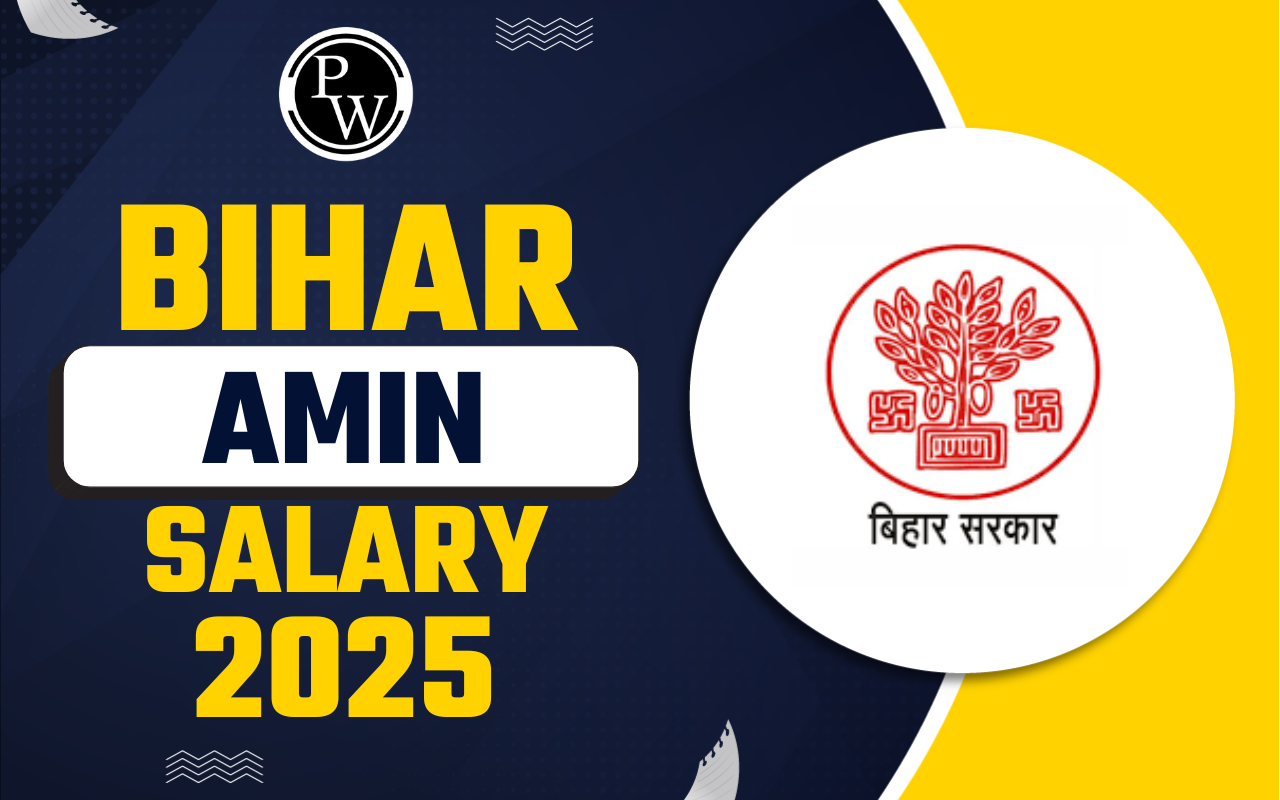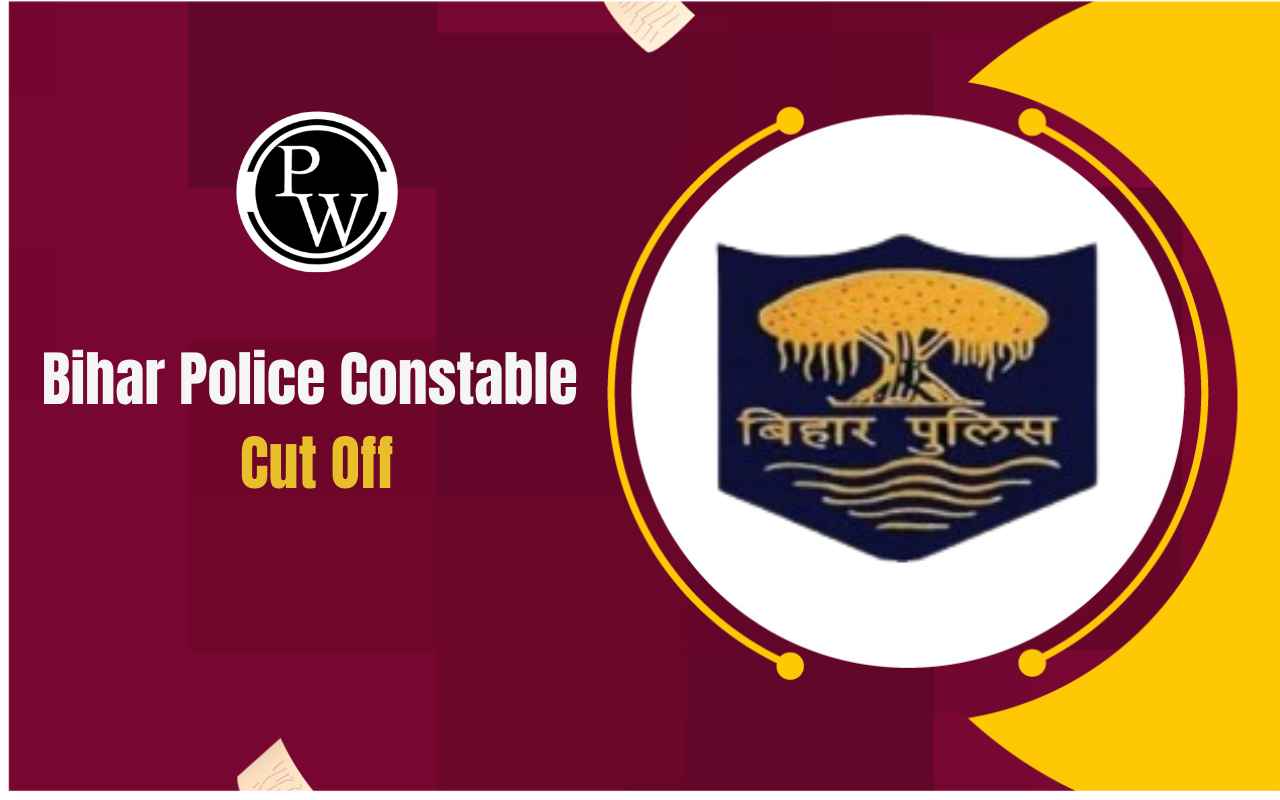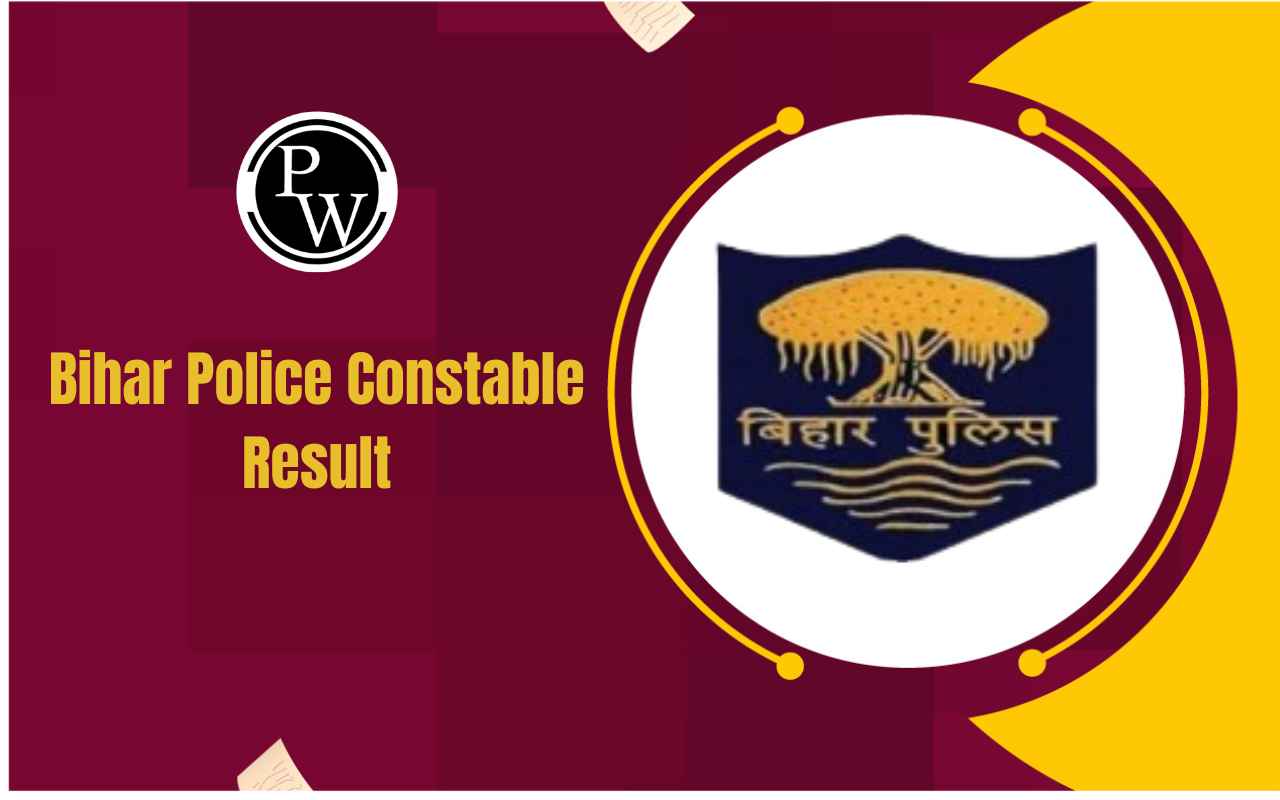

Rivers and Ponds in Bihar: Bihar is a state in the Indo Gangetic plain and has many rivers and ponds that are very important for farming, culture, and nature. The Ganga is the main river and flows from west to east, dividing the state into North and South Bihar. Besides the Ganga, many other rivers flow through Bihar. Most of them come from the Himalayas and the Chotanagpur hills. These rivers help in farming, fishing, and people’s daily lives. They also affect the land and cause floods sometimes.
Rivers and Ponds in Bihar
The river system of Bihar is divided into 14 major basins, with the Ganga being the main river that collects water from all others. In North Bihar, rivers from the Himalayas like Ghaghra, Gandak, Burhi Gandak, Bagmati, Kamla-Balan, Kosi, and Mahananda are important. In South Bihar, rivers like Sone, Punpun, Kiul-Harohar, Badua, and Chandan flow. There are also many small ponds, especially in the Mithilanchal and Magadh areas. These ponds are helpful for farming and support local plants and animals.
List of Major Rivers in Bihar
Bihar has many rivers that mostly come from the Himalayas and flow into the big Ganga river. These rivers help make the land fertile and are very useful for farming, the economy, and culture. Some rivers flow all year and some are smaller ones that join big rivers. They are important for watering crops, controlling floods, and protecting plants and animals. Below is a list of the major rivers that flow through Bihar.
-
Ganga (Ganges) River
The Ganga is the most significant river in Bihar, flowing from west to east across the state for about 445 km. It enters Bihar at Chausa in Buxar district and exits at Manihari in Katihar district. The Ganga is the lifeline of Bihar, supporting agriculture, drinking water needs, and religious activities. Major cities like Patna, Bhagalpur, and Munger are situated along its banks.
-
Ghaghra River
Originating from the glaciers of Mapchachungo near Lake Mansarovar in Tibet, the Ghaghra (also known as Karnali or Kauriala) is a major left-bank tributary of the Ganga. It enters Bihar in the northwestern region and joins the Ganga at Chhapra. The river’s basin covers Gopalganj, Siwan, and Chapra districts. The Ghaghra’s floodplains are marked by low-lying lands called "chaurs," which remain submerged during the monsoon.
-
Gandak River
The Gandak originates in the Nepal Himalayas and enters Bihar at Valmikinagar in West Champaran. It flows southeast through the districts of West Champaran, East Champaran, Muzaffarpur, and Saran before joining the Ganga near Patna. The Gandak is known for its rich alluvial deposits and supports extensive irrigation.
-
Kosi River
The Kosi, which is known as the "Sorrow of Bihar," originates in the Himalayas of Nepal and enters Bihar at Bhimnagar. It flows through Supaul, Saharsa, and Madhepura before joining the Ganga near Kursela. The river is notorious for frequent and devastating floods due to its shifting course and heavy silt load.
-
Bagmati River
The Bagmati rises in the hills of Nepal and enters Bihar in the Sitamarhi district. It flows through Muzaffarpur and Samastipur before merging with the Kosi. The river is important for irrigation and is known for causing floods during the monsoon.
-
Budhi Gandak River
A tributary of the Gandak, the Budhi Gandak originates in the Someshwar hills of Nepal and flows through the districts of West Champaran, East Champaran, Muzaffarpur, and Samastipur. It is vital for agriculture and fisheries in these regions.
-
Mahananda River
The Mahananda originates in the Darjeeling hills of West Bengal and enters Bihar in Kishanganj district. It flows through Purnia and Katihar before joining the Ganga. The river supports agriculture and is a key water source in northeastern Bihar.
-
Son River
The Son originates in the Amarkantak plateau of Madhya Pradesh and enters Bihar in Rohtas district. It flows eastward and joins the Ganga near Patna. The Son valley is known for its rich mineral deposits and irrigation potential.
-
Chandan River
Originating from the hills of Deoghar in Jharkhand, the Chandan flows northeast into Bihar, passing through Banka and Bhagalpur districts before joining the Ganga. It is vital for local irrigation and supports several small tributaries.
Second Longest River in Bihar
The Ghaghra River is the second longest river in Bihar. It starts near Lake Mansarovar in Tibet and enters Bihar through Gopalganj. It flows for 83 km in Bihar, passing through Gopalganj, Siwan, and Chhapra, and joins the Ganga at Chhapra. It is a big river that flows all year and crosses country borders. The river is important for nature and culture in the region. Its smaller rivers, like Little Gandak, Sondhi Nala, and Daha, add more water and value to the river system in Bihar.
List of Major Ponds in Bihar
Bihar is also home to numerous ponds, which are essential for water storage, irrigation, and fisheries. Some of the most notable ponds include:
-
Moti Jheel (Motihari): Located in East Champaran, this large pond is a popular recreational spot and supports local fisheries.
-
Gandhi Sagar (Darbhanga): A historic pond in Darbhanga, used for irrigation and cultural events.
-
Kumhrar Talab (Patna): Situated in the capital city, this pond is significant for urban water management.
-
Pokhar (Madhubani): Traditional village ponds, called "pokhars," are found throughout Mithilanchal and are vital for agriculture and daily needs.
Bihar Govt Exam Online Course Join - Now!
Rivers and Ponds in Bihar FAQs
How many major river basins are there in Bihar?
Which river is known as the "Sorrow of Bihar"?
What is the main river flowing through Bihar?
Are the rivers in Bihar prone to flooding?
What role do ponds play in Bihar?













